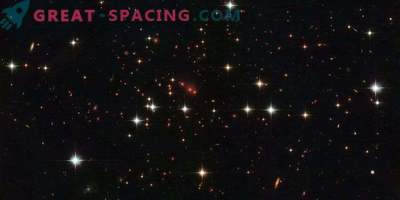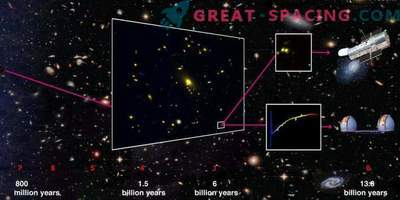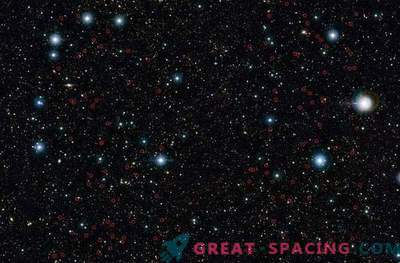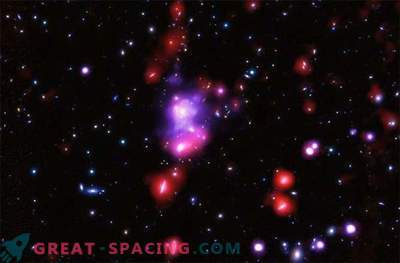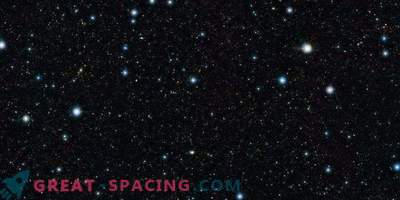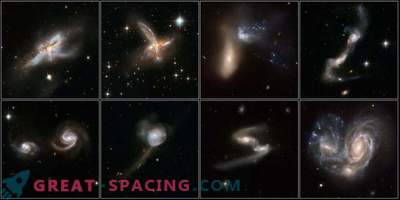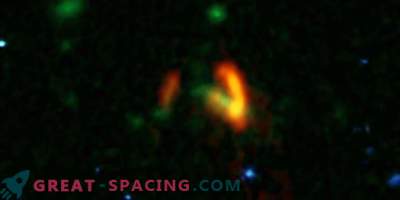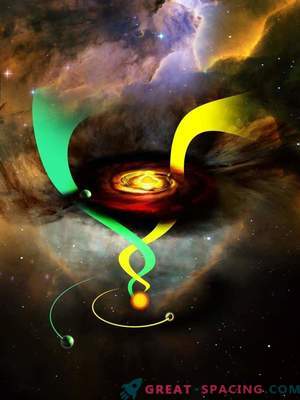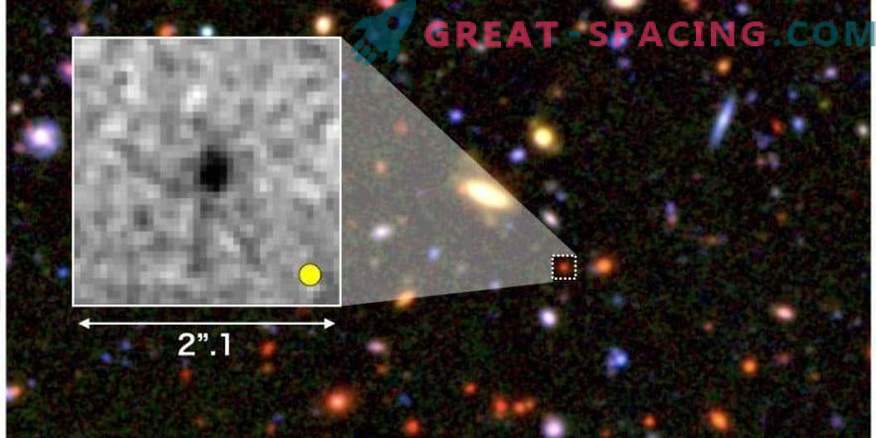
A wide-view image of a huge galaxy from the Surpime-Cam Subaru telescope and high-resolution close-up (inset). The yellow circle indicates the scattering of observation points corrected by an adaptive optical system.
Modern galaxies boast a wide variety, including dwarf, irregular, spiral and massive elliptical species. The greatest mystery remains the last galactic type. Although ellipticals are considered the most massive galaxies with the largest stellar volume, almost all stars are ancient. Apparently, the predecessors of massive elliptical galaxies quickly created a large number of stars, and then abruptly stopped this process.
Fortunately, the speed of light is finite, so scientists literally travel to the past to look at the state of the early Universe. If the galaxy is removed for 12 billion light years, then the light to us must go a distance of 12 billion years. That is, the light we observed today left the galaxy 12 billion years ago, and we look at how it looked in the past. Thus it is possible to reconstruct the history of the universe.
In a new study, an international team of scientists used data from the Subaru telescope and other instruments to search for galaxies that were 12 billion light-years distant. Among the sample, we managed to find massive calm galaxies, that is, those devoid of the birth of stars, which were the progenitors for modern giant elliptical galaxies. It is surprising that in such an early period of time mature giant galaxies already existed (the age of the Universe reached only 13% of the modern indicator).

The stellar mass (x-axis) and size (y) derived from the assumption that the most massive galaxies in each epoch are the progenitors of modern massive elliptical galaxies (red). Gray solid and dashed curves show radar changes due to minor and large merges.
The team used the Subaru telescope for subsequent high-resolution observations in the near infrared region of the spectrum for the 5 brightest massive calm galaxies distant by 12 billion light years. The analysis showed that these are compact formations (only 2% of the size of the Milky Way), but they are almost as heavy as modern galaxies. That is, to become modern elliptical galaxies, they need to increase 100 times in size and 5 times in mass. This is possible if growth was not caused by large mergers (two galaxies into one), but by minor events (when a large one absorbs small ones).

